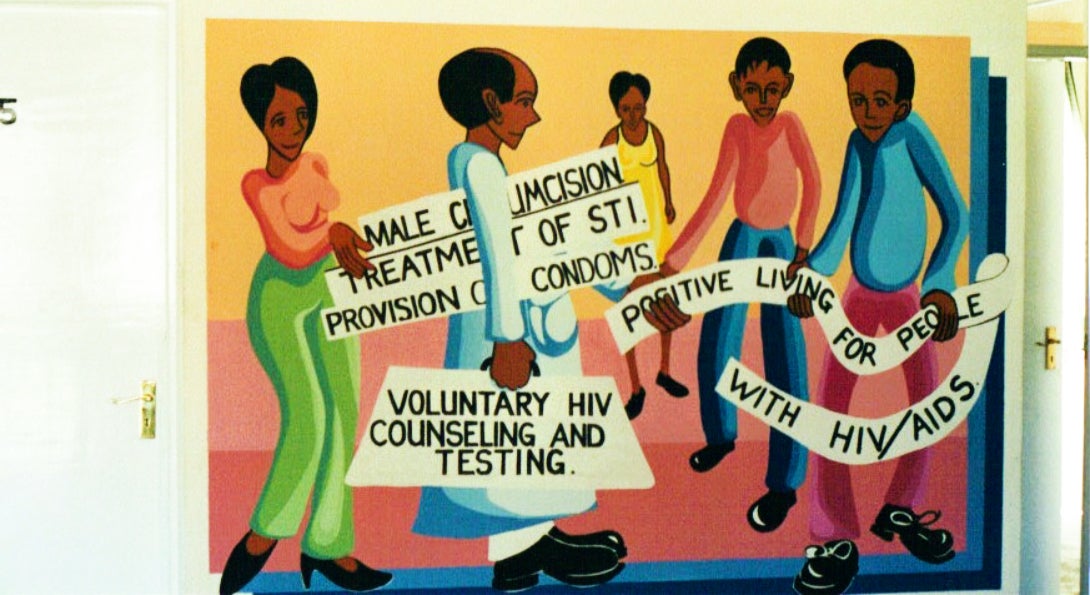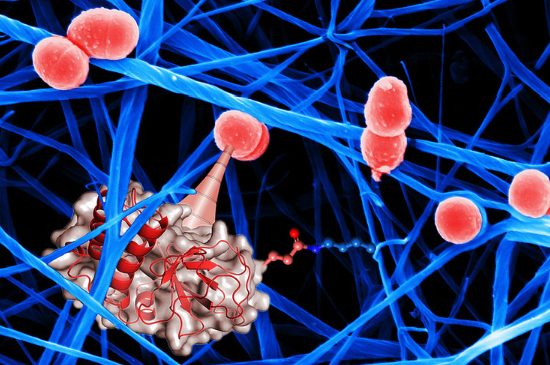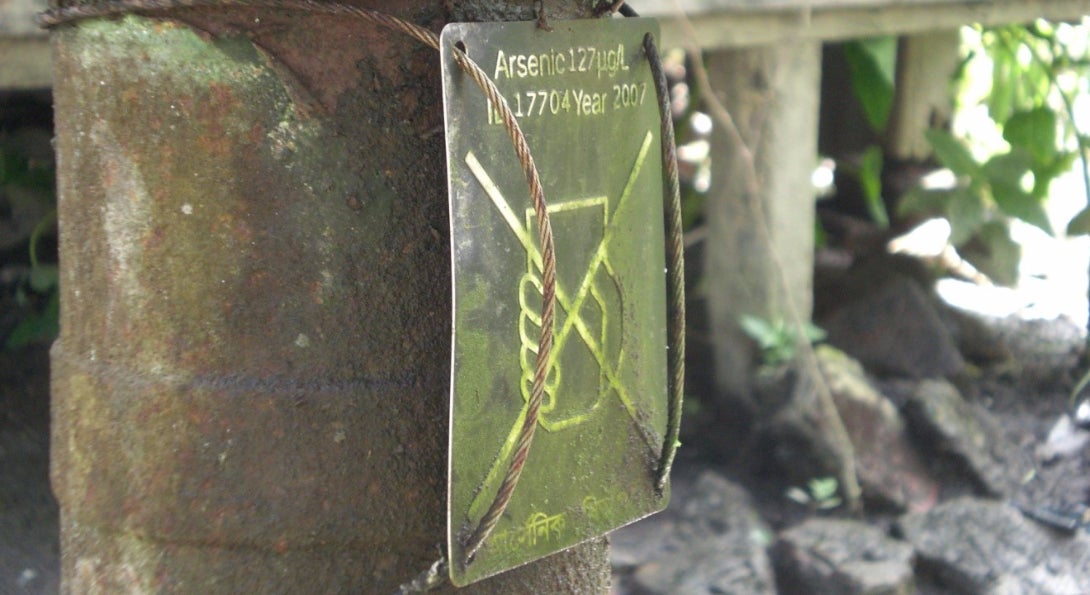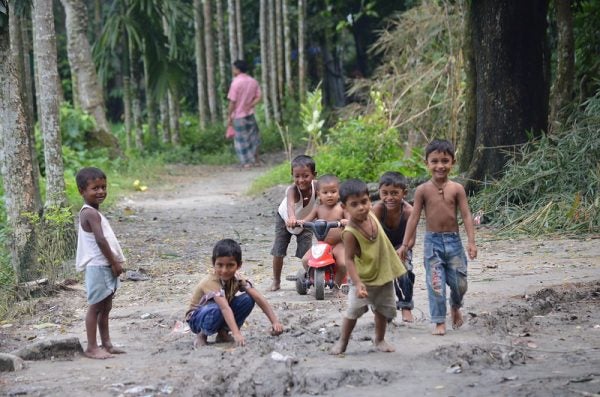Global Epidemiology Research
Student global health links
Kenya: Innovations in HIV prevention and treatment

HIV remains a global pandemic, with 37 million infected. An excess of new infections occur in sub-Saharan Africa. Hearteningly, it is estimated that the scale-up of voluntary medical male circumcision (VMMC) has averted 2 million HIV infections and 300,000 deaths since the results of three randomized controlled trials in sub-Saharan Africa proved the efficacy of VMMC in reducing HIV transmission in 2006.
One of those trials, in Kisumu, Kenya, was led by Robert Bailey, PhD, professor emeritus of epidemiology. With support from the National Institutes of Health (NIH), Bailey conducted the trial from 2002-2006, demonstrating a 60 percent reduction in HIV incidence among men undergoing VMMC, with post-trial surveillance showing efficacy maintained through at least 6 years.
From 2010-2015, Bailey led country-wide scale-up with support from the Bill & Melinda Gates Foundation and Centers for Disease Control and Prevention. Throughout that time, Bailey’s program in Kenya supported and graduated 5 MS and 7 PhD students. Results of this research have global reach, informing several of the World Health Organization guidelines for VMMC practice and scale up.
Over the years, 30 MPH students have completed their global health practicum through our Kenya program. Importantly, Bailey’s research in Kenya has provided a platform for other SPH faculty to conduct research successfully in Kenya.

Kenya: New interventions in sexual and reproductive health
SPH’s Supriya Mehta, PhD, interim associate dean of global health, was awarded NIH funding to study microbiome-related HIV and sexually transmitted infection risk in Kenya. Focusing on the microbiome (bacterial community) as a central driver of women’s risk of sexually transmitted infections, Mehta and colleagues from UIC collaborated with peers in Kenya to demonstrate that the male partner’s penile microbiome composition accurately predicts a woman’s risk of vagina infection up to one year later.
Building on this work, Mehta is evaluating the effect of menstrual cups on the vaginal microbiome and subsequent risk of HIV and sexually transmitted infections in adolescent schoolgirls in rural Kenya. Menstrual hygiene management (MHM) is a pervasive problem across low- and middle-income countries, and a lack of MHM materials negatively impacts girls’ school life and increases vulnerability to coercive sex.
Mitigating the impact of exposure to arsenic in water on neonatal and children's health

Arsenic is one of the most common naturally occurring contaminants found in the environment. An estimated 200 million people worldwide are exposed to arsenic concentrations in drinking water that exceed the recommended limit in WHO guidelines. The situation is perhaps the most devastating in Bangladesh, with more than 57 million people exposed to arsenic concentrations exceeding safe limits in their drinking water.
Chronic exposure in adults leads to many adverse health outcomes, including cardiometabolic, respiratory, liver, kidney and neurodevelopmental diseases, as well as cancers. There is growing evidence that arsenic exposure in utero and early childhood may profoundly influence disease later in life.
Maria Argos, PhD, associate professor of epidemiology, earned an NIH award for a five-year study of prenatal and early life arsenic exposure in a cohort of 500 mother-child dyads in Bangladesh. Early results show that prenatal arsenic exposure is associated with adverse pregnancy outcomes. Women who had experienced stillbirth were 2.5 times more likely to be exposed to elevated arsenic concentrations than those with live birth. The ongoing study, with collaboration of Bangladeshi researchers, will inform future arsenic prevention and remediation interventions targeted to pregnant women, women of child-bearing age and children.
We are following these children into the future to look at patterns with blood pressure, diabetes-related markers, growth and other measures.
Our newest projects
Bangladesh: diet and youth intestinal microbiome

Stunting affects nearly 40 percent of children ages 5 years and younger in low and middle income countries (LMICs), increasing risk of early childhood mortality, morbidity and impaired cognitive development, with long term consequences for health and human capital.
The characteristic maturation of the intestinal microbiome over the first two years of life supports healthy growth and development. The extent to which the intestinal microbiome contributes to stunting and inhibits response to nutritional interventions is unknown.
In a pilot study, Rebecca Campbell, PhD, assistant professor of epidemiology, is sequencing microbial DNA in banked stool samples from children in a randomized controlled trial of food supplementation in Bangladesh to investigate microbiota diversity and maturity in relation to treatment group and stunting status.
Recently completed microbial sequencing is being incorporated into analyses of the intestinal microbiota in relation to supplementation and growth. Findings will be submitted for publication and insights will inform a future grant to link microbiota maturation and food supplementation with early childhood growth and development in a large study sample.
India: HIV interventions for low literacy groups
My Personal Health Guide is designed to promote HIV medication adherence and retention in care in young African American men who have sex with men. However, it has many features that can be translated to a general audience for low and middle-income countries.
This project, guided by Mark Dworkin, MD, professor of epidemiology, will begin the process of making it more generalizable to populations outside the United States. Translation will involve modification so that it may be used on a tablet or computer in addition to a mobile phone and language translation of spoken health educational dialogue. In-depth interviews with low-literacy patients will epxlore acceptability and feasibility of the translated app. The work is being done in collaboration with SHARE-India.
Photo credits
Credits listing
Bangladesh: Moin Uddin © Creative Commons
India: © 2012, Charlotte Raymond Photography for International AIDS Vaccine Initiative (IAVI)